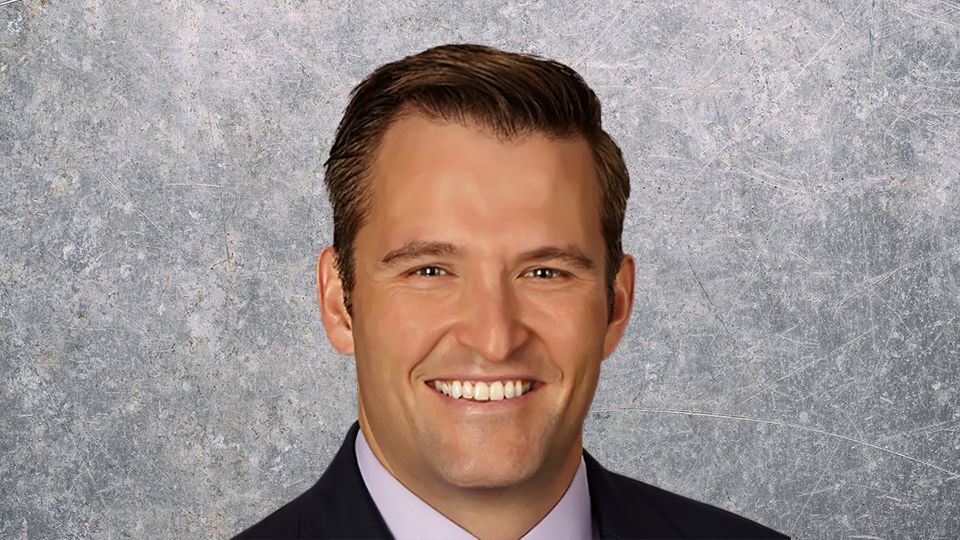Barrow Hanley Global Investors’ managing director, responsible investing and portfolio manager Ross Campbell was drafted into the Dallas-based firm six years ago to build out its ESG capabilities. Here, he talks to ESG Clarity US about partnering with companies to bring about positive change, the challenges of tilting towards greener investments and what motivates him to keep fighting the good fight.
Tell us about Barrow Hanley’s approach to ESG.
We find ourselves more of a partner with most of the companies we invest in. Being a value investor, we have to be more involved with a lot of the dirtier players and the more contentious arenas within the market.
The annual general shareholder meeting is where we start our discussions. We see if there’s a material improvement or not over time. Worst case scenario, we will divest. But we really do try to show that there can be annualised improvement around disclosure.
We never really built out a big ESG team so we don’t have a dedicated standalone silo. We push it down to the analyst. We avail them of all the ESG research that we consume to empower them to say what is really financially material over the next three to five years.
Shareholders are deploying new tactics to force change at companies. Give some examples of Barrow Hanley’s approach.
Two years ago we wrote 20% diversity at board [level] into our policy guidelines. If we don’t see that there’s actually been a material improvement in the diversity at board level, we will vote against the nomination committee or the chair of the nomination committee.
We also made a change in our proxy voting guidelines around auditor tenure. If the tenure of the auditor is longer than 15 years we will generally vote against [them]. After 15 years, [there is an opportunity] to put [the auditorship] up for bid to either reduce costs, improve a new oversight and [introduce] new perspectives. More often than not, we’ve seen that that can be a decent blanket approach.
Barrow Hanley’s USP is its long-term focus on mispriced opportunities. Where do you see these opportunities?
Our deep relationships and extensive engagement history with energy companies could not have been more opportune during Covid. There was an interest and a need to improve disclosure around greenhouse gas emissions, as well as set targets and limits for many of our energy companies. We realised that the mispricing of the companies themselves – that there was no inherent long-term value in oil and gas companies – was a major disconnect.
We increased our discount rate on energy companies across the board by 2% to equate to a carbon tax of around $50-75 a tonne. In addition, it really has been about deepening our conversations with many of our companies to say, “Why not set targets? If you are going to increase your capex dedicated towards green transition, there’s an opportunity to limit emissions.” This [can] prevent downside risk, because they’re aligning themselves for a longer-dated target.
It really is this thoughtful partnership over time. Being a lightning rod and not having an investor stake and/or actually being involved with the company and just demanding that they set targets and limits, generally speaking, is not received well. This is where we truly try to find our uniqueness, our real dedicated communication channel that many others don’t have.
Why are some US fund managers still cautious on ESG investing, despite the government’s biggest investment in clean energy via the Inflation Reduction Act?
There is no real, true consensus on [ESG] data, which potentially creates a significant issue for the analyst to do due diligence. When you have a wide consensus, there is doubt around the ‘actionable-ness’ of the information. Many of the third-party data providers are weighing in from the ESG considerations without the understanding of what the impact would be to valuation.
You’ve been at Barrow Hanley for six years. What’s your favorite part of this role?
Engagement with companies that I’m not too familiar with and working with companies where there actually is a great culture opportunity. If you review the biggest challenges concerning employee turnover, it’s alignment of long-term goals. As you think about new employees, and specifically younger generations like Gen Z and millennials, companies really do have to think through their longer term goals to make sure that they’re along for the ride, rather than saying, “Here’s what we’re thinking on longer-dated targets. Do you all agree?”








